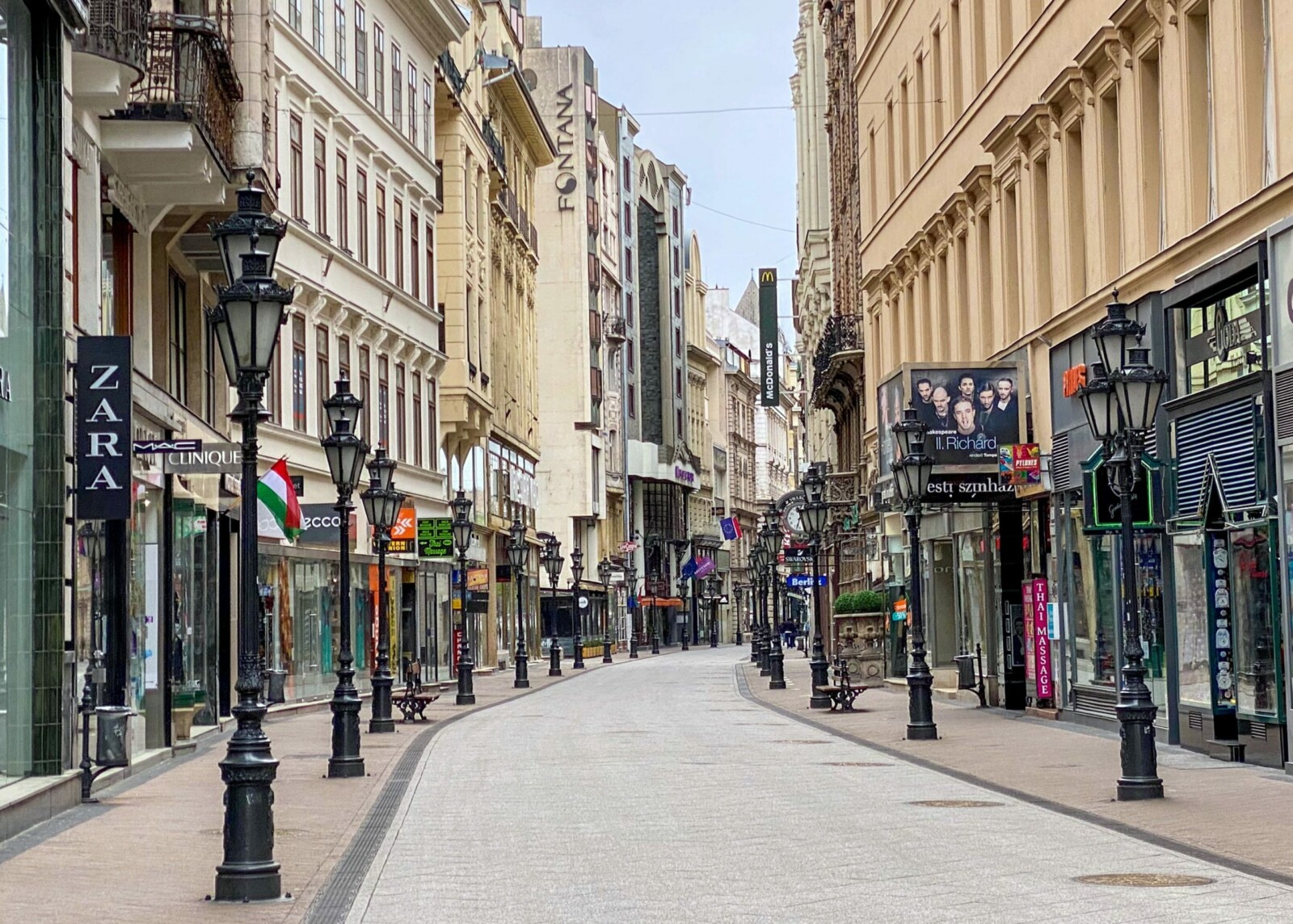Fashion Firings: How the Industry is Changing

The right clothes give us a little extra flare, but right now, the fashion industry is ablaze with all of the firings!
That’s right: firings, furloughs, and massive layoffs have become part of the 2020 industry realty. The industry has seen a dramatic decline in sales this year, due to the lockdown. Fashion companies started cutting jobs, not new dresses. If earlier this year, it was the sales jobs in jeopardy, now the bell tolls for corporate jobs, too.

J.C. Penney Co Inc is planning to shut down 152 locations and is negotiating with its landlords regarding store closures. They’re preparing to let about a thousand employees go, which will also affect “corporate, field management, and international roles.” They already furloughed thousands in April, filed for bankruptcy protection in May, and are playing with the idea of a possible sale.
PVN Corp, the parent company of Calvin Klein and Tommy Hilfiger, announced on July 14th that they will be closing 162 stores and decreasing their office workforce by 12%, which is about 450 employees, and even getting rid of one of their brands entirely. By doing so, they are hoping to save approximately $80 million. Manny Chirico, PVH’s Chairman and CEO, said: “We did not take these decisions lightly, as our Heritage Brands Retail business is our oldest retail business yet no longer met appropriate return metrics.”
Levi Strauss & Co. reported that their second quarter revenue dropped 62%. So, on July 7th, the San Francisco-based jeans and apparel business announced that it was letting people go, too.
L Brands, the company that owns Victoria’s Secret and Bath & Body Works, confirmed on July 28th that it’s laying off about 850 people in Columbus, Ohio, A.K.A. their head office.
Macy’s furloughed the majority of its workforce in March, and on June 25th, they decided to lay off about 3,900 corporate workers.

Other announcements, from other fashion companies, are expected. When we read all those numbers, it sometimes feels like exactly that – like numbers. But all this data is actually about real people with real problems and real bills to pay. “Making the Cut” had suddenly gotten another layer of meaning.
